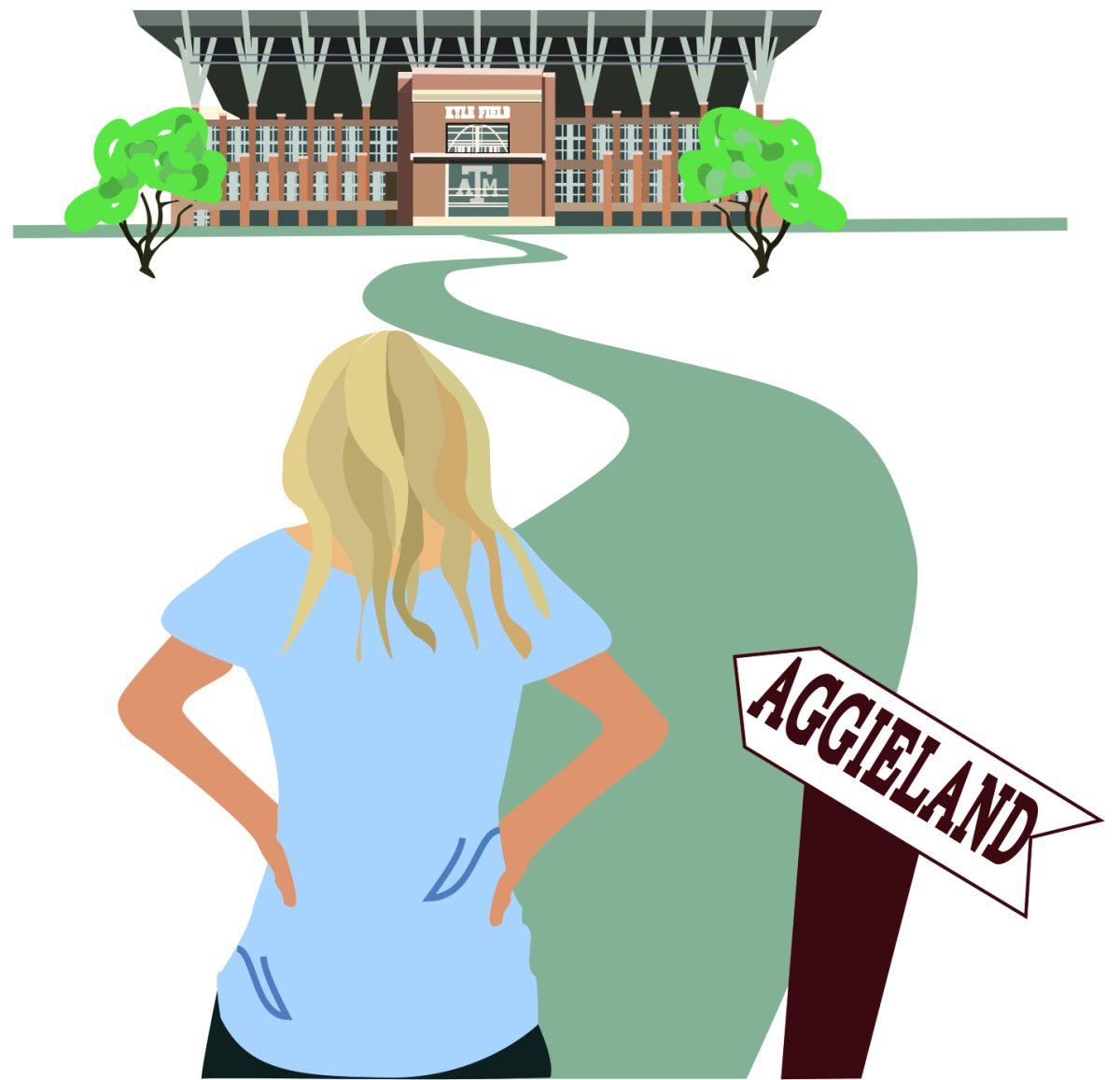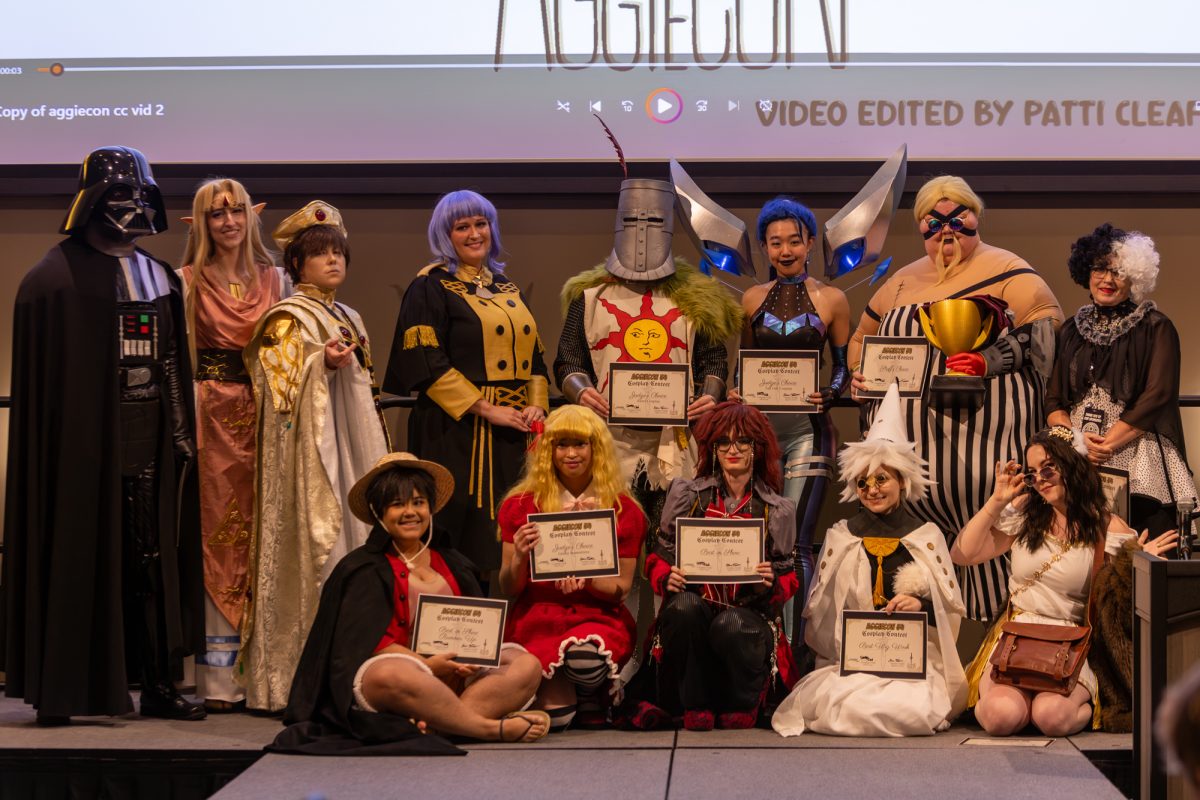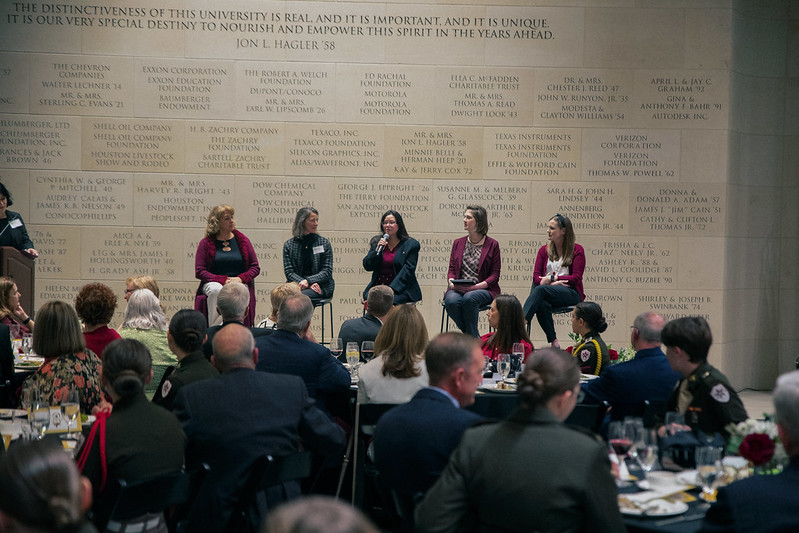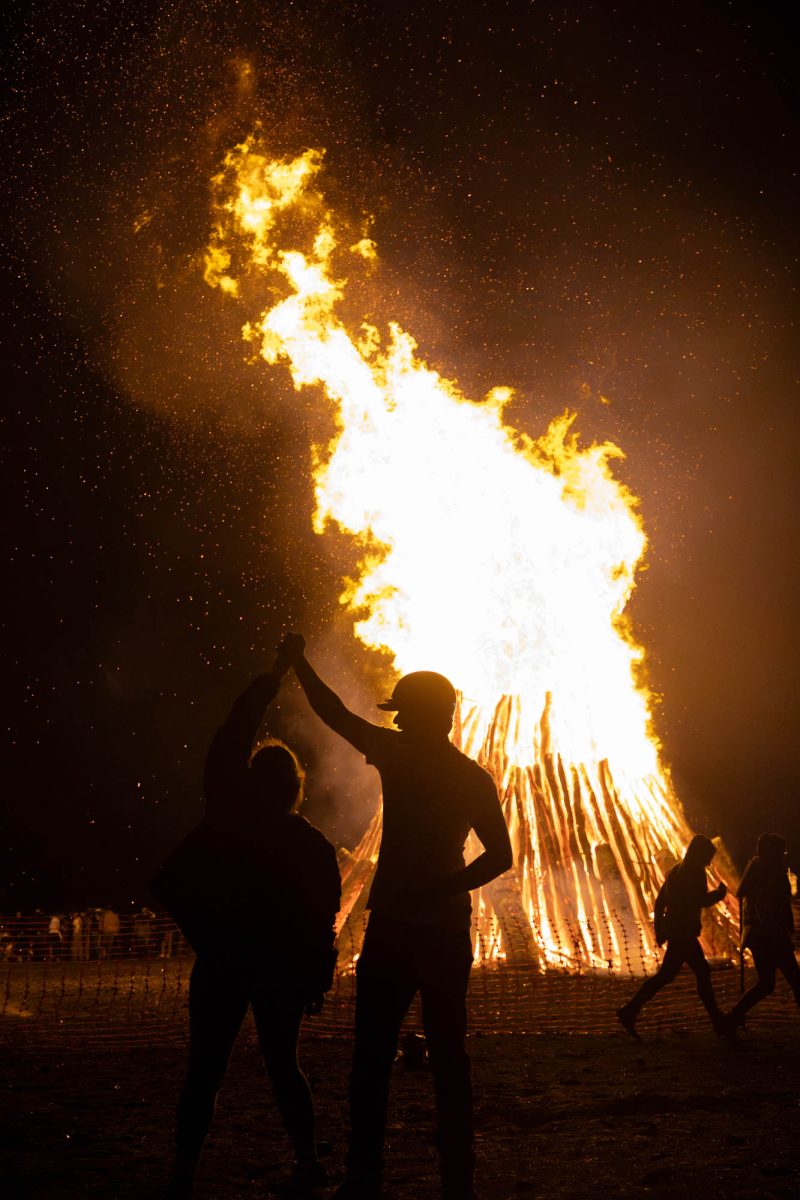In 2011, 16-year-old Valeria May and her family moved from Tijuana, Mexico to College Station. May said learning a new way of life was difficult because of language and cultural barriers, but she eventually settled in Aggieland.
May decided to attend Blinn and then transfer to A&M so she could save money and stay close to her family. After working her way to the university in the fall of 2015, May, an art and communications senior, said she began to experience difficulties with the transition.
“The hardest part [about transitioning was learning that the college] doesn’t have the program that I actually want. The art program is very limited, and I had to adjust my wants and needs,” May said. “Another thing that slowed me down was the language barrier. To this day, it’s still difficult to understand what teachers with accents are saying.”
While May struggled to adjust her degree plan, it’s not atypical for an average transfer student. Brianna Doucet, senior academic advisor for the Department of Performance Studies and Department of English, said that this is a common problem for transfers.
“[One of the most common problems transfer students face is] creating a degree plan that may have differed from where they were. Having to translate and transition from where they were to where they are now and any differences there might be is a challenge,” Doucet said.
English sophomore Madeline Rodriguez said the most difficult part of her transition as a transfer student has been adjusting to the size of campus and rigor of the courses.
“I haven’t had to adjust much because [T-Camp] helped me so much, but the main adjustment is the amount of people compared to [Blinn],” Rodriguez said. “I’m probably most concerned that I’m not 100 percent prepared for the new level of difficulty within classes.”
According to College Portrait, Texas A&M received 6,340 transfer applicants for the fall of 2015 alone. Transfer Camp, or T-Camp, serves as a transitional period for many incoming transfers to learn about Aggie culture with the opportunity to build new friendships. T-Camp co-chair and education senior Lindsey Uresti came in as a transfer student in spring of 2015.
“[As a transfer student] you feel sometimes that you aren’t an Aggie like everyone else because you didn’t necessarily start as a freshman,” Uresti said. “I think going to camp made me realize that wasn’t true — we’re all Aggies and it doesn’t matter when you come in or when you leave. Transfer students could potentially struggle with finding their place and having an actual community to back them up.”
Uresti said she mostly stayed in her dorm and didn’t enjoy her college experience until she transferred to A&M and became involved with Aggie Transition Camps, or ATC. Doucet said getting involved is a good way to connect with new surroundings.
“Students who are engaged in campus tend to become more engaged in classes, and in turn do better,” Doucet said. “As an advisor the goal is always to make the students feel at home and welcomed at A&M, but also helping [to] put into perspective what they’re getting into in college and what they have in front of them.”
Liz Duggan, sociology senior and executive director of T-Camp, said remaining open to experience is the first step to success.
“Be vulnerable. You can’t just tip-toe into the water of A&M … I feel like you have to jump head-first into it,” Duggan said. “Go to everything you can — go to football games, go to Midnight Yells, be immersed in the cultures and the traditions. Fall in love with A&M.”
From one campus to another
August 30, 2016
0
Donate to The Battalion
$810
$3500
Contributed
Our Goal
Your donation will support the student journalists of Texas A&M University - College Station. Your contribution will allow us to purchase equipment and cover our annual website hosting costs, in addition to paying freelance staffers for their work, travel costs for coverage and more!










